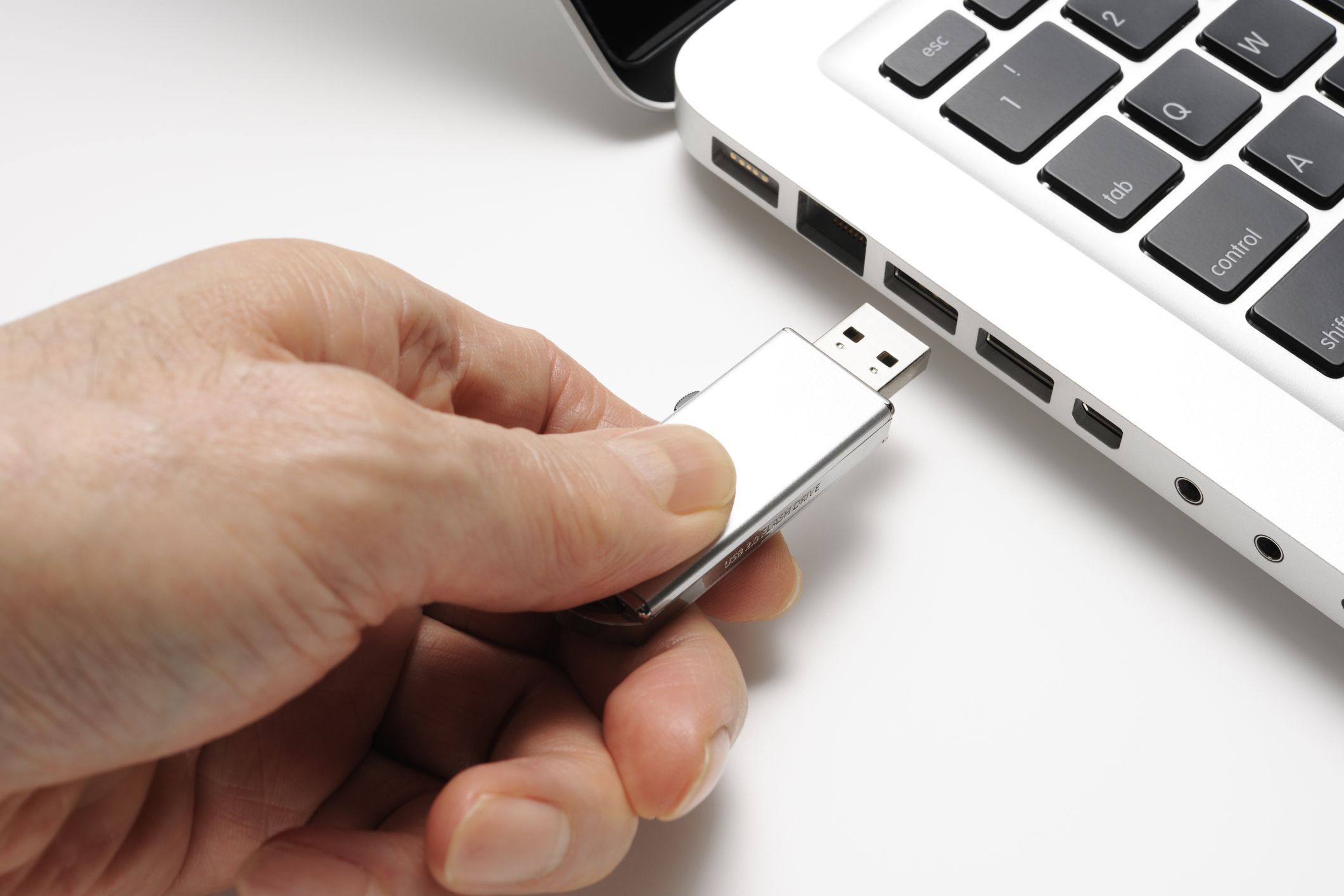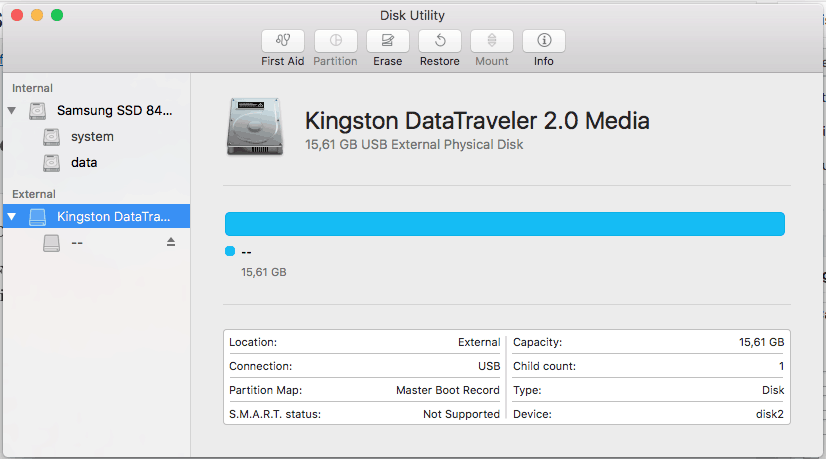Note: Formatting your flash drive will remove all files or folders onthe drive, so make sure you back up your files before formatting yourdrive.
Thumb Drive For Macbook Pro
Drives format very quickly, though the total time taken will depend on the size of the drive. Using FAT File System Format for Mac & Windows Compatibility. Once the drive is formatted it will be compatible to be read and written to on both a Mac and PC. Most external hard drives and USB drives are compatible for use on Mac computers as long as you format the devices for use with Mac OS X. USB drives can be formatted on your Mac using the Disk Utility application.


Windows:
On the left side of the window are the drives connected to the computer. Select the capacity of the drive respective to the one containing the device you wish to format then click the Erase tab. Example: If the drive is called 'NO NAME', directly above that, you should see the drive capacity of 'XXXX'. Select this capacity. Format Flash Drive Mac with Disk Utility Your Mac computer comes with a handy utility appropriately called Disk Utility, which can be used to format any storage device.
Connect the USB flash drive to your computer.
Click “This PC”.
Format A Flash Drive For Mac And Pc
Right-click the flash drive’s icon. It’s beneath the “Devices and drives” heading in the middle of the page.


Click Format. This option is near the middle of the drop-down menu. Doing so opens the Format window.
Click the “File System” box. It’s below the “File System” heading near the top of the page. A drop-down menu will appear with the following options:
NTFS - The default Windows operating system format. If you’re using your drive as a secondary Windows drive, you’ll need to choose this option.
FAT32 - The most widely compatible format. Works with most computers and gaming consoles.
Note: exFAT format USB flash drives do not work with ClonerAlliance products.
Click a format option (FAT32 or NTFS). If you’ve formatted your drive before and you’re positive that it isn’t broken, you can also check the Quick Format box.
Click Start, and then click OK. Doing this will cause Windows to begin formatting your flash drive for you.
Click “OK” when prompted. Your flash drive has successfully been formatted.
Mac:
Connect the USB flash drive to your Mac.
Note: Some Macs don’t have USB ports, so you’ll need to purchase an adapter.
Click “Go”. It’s a menu item in the top-left side of the menu bar.
If you don’t see Go, first click the Finder icon, which resembles a blue face in your Mac’s dock.
Click “Utilities”. This option is in the Go drop-down menu.
Double-click “Disk Utility”. You’ll likely find this option in the middle of the Utilities page.
Click your flash drive’s name. It’s on the far-left side of the Disk Utility window.
Click the “Erase” tab. This option is at the top of the Disk Utility window.
Click a format option.
Note: exFAT format USB flash drives do not work with ClonerAlliance products.
Click Erase, then click Erase when prompted. This will begin the formatting process. Once the formatting is complete, you’ll see an icon for your flash drive appear on your Mac’s desktop.